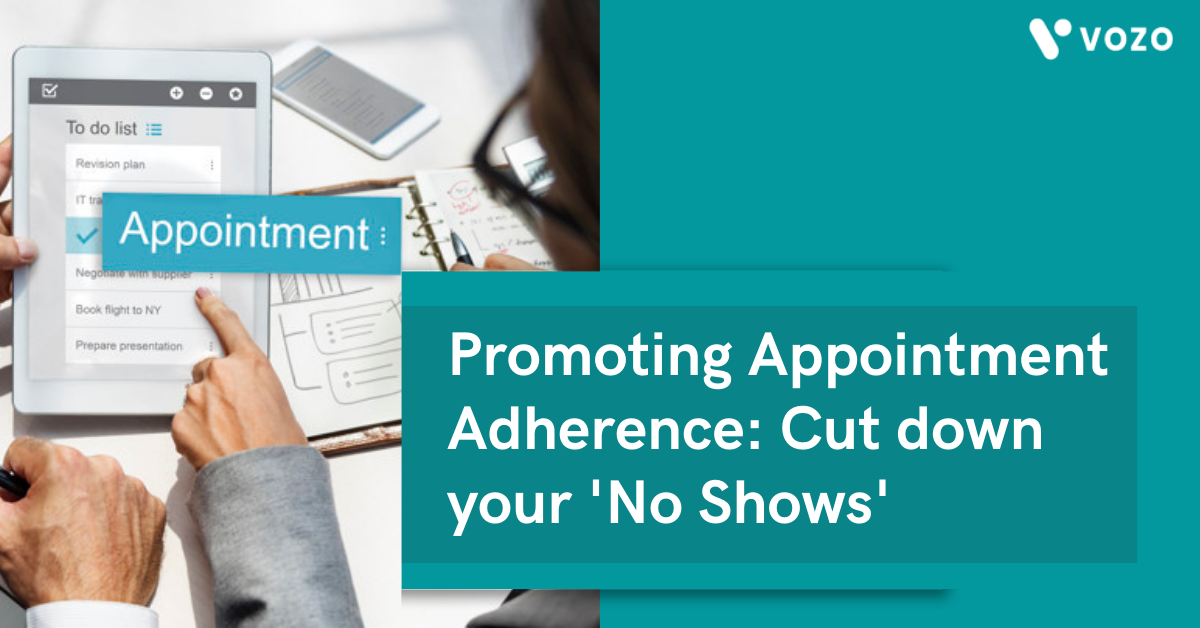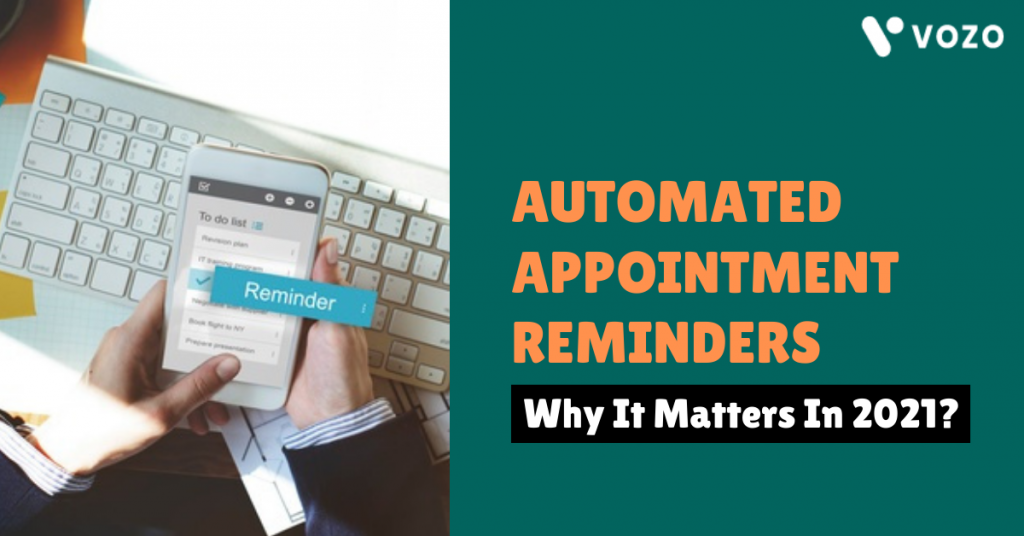Promoting Appointment Adherence: Cut Down Your ‘No Shows’
It may seem hard to believe, but missed appointments can be the top driver of lost revenue for many medical practices. Hard data on no-shows is hard to come by, but a study by the American Osteopathic Association found that no-show rates in outpatient settings range between 23 and 34 percent, which resulted in a loss of 14 percent in expected revenue.
When patients don’t show up, it costs your practice more than just the reimbursements on the missed visit itself. Staff time essentially goes to waste, as does your spending on technological resources and other office infrastructures. Then there’s the effort that goes into rescheduling a visit and the longer wait times unnecessarily imposed on your patient base, which could potentially lead to lower overall satisfaction rates.
And worst of all, there’s the missed care (or treatment follow-ups). If delivering top-tier healthcare outcomes is your number-one goal (and it should be), then no-shows set back your chances of achieving it.
5 Tips for Reducing Appointment No-Shows
Of course, no-shows will never go away entirely. Emergencies happen, and some patients – especially those who may be new to your practice – are more likely to cancel unexpectedly than others. But by investing time and effort into a series of smart strategies focused on decreasing no-show rates, you can help increase your income and maintain stronger patient engagement in the process.
Best of all, the smartest efforts for reducing your no-show rate aren’t complex or time-consuming. Implementing just a few common-sense tasks that can make a big difference. Here are a few ways to promote better appointment adherence across your practice.
1. Rethink Your Reminder Approach
Your practice likely already has a process or policy in place around appointment reminders. What is it? Whether it’s auto-calls, email reminders, texts, or an intern placing calls, assess the effectiveness of your current approach. Perform some analysis of your success: How many patients were reached? How many calls went unanswered or emails undelivered?
What’s the correlation to those that didn’t show? From there, decide whether you need to pivot away from your current methods to test out new tactics. You should also be on the lookout for new reminder tactics, such as mobile applications that allow you to send push multiple notifications to remind patients that they have an appointment coming up soon.
2. Reconfirm Contact Details
If your audits show high rates on non-engagement with your reminder method, a dearth of updated contact information is likely to blame. Make it office policy to re-check a patient’s personal details every time they visit the office (or at least once a month for more frequent visitors).
Simply asking “Have your contact details changed?” can go a long way toward improving your outcomes. It also gives you an opportunity to establish new forms of communication well before you need them, which makes it easier to implement new reminder strategies.
3. Revisit Your Timing
Day-before reminders work wonders for some practices, but two-days-prior notifications are more successful for others. Don’t assume that the method you currently use is working simply because that’s how you’ve always done it. With text-message reminders, you may even see success by sending day-of reminders.
It’s also worth experimenting with different types of reminders or with asking customers whether or not a particular approach was effective for them. You can’t know until you test and try.
4. Reschedule More Wisely
If no-show rates are high and your office primarily handles scheduling by phone, you’re wasting tons of time and administrative bandwidth on rescheduling missed appointments. Making it easier for patients to reschedule appointments digitally can lead to lower no-show rates organically by giving patients an easier way to get out of encounters they need to shift at the last minute.
Emails, web portals, and mobile applications can all be used to streamline the appointment process, making it easier for patients to reschedule without dealing with the hassle of talking to a member of your staff (which also frees up your staff member’s time).
5. Reprimand Repeat Offenders
Keep track of those patients who frequently no-show and be vocal with them about the problem. In many cases, patients don’t take the time to think about how not turning up for an appointment creates problems for your practice and for other patients. And it’s more than acceptable to consider creating penalties for your worst offenders.
While charging for missed appointments can be a turn-off to some patients, most of them will understand that your practice needs to recoup some of the revenue lost due to frequent no-shows. Establish a policy, post it, communicate it, and enforce it to encourage better behavior from your absentee patients!
How Vozo EHR Helps Your Practice?
As we all very well know about the real impact of no-shows in the healthcare practice growth, it is very important to follow up on the possible strategies to improve revenue collections. Most of the practices don’t have the proper software or time to dedicate to the complex demands of payers while also delivering quality care to patients.
By partnering with Vozo EHR solutions, you can easily automate your appointment scheduling and reminder process with the help of EHR software – that ultimately improves your practice efficiency and productivity. This also frees up more time for you to spend with your patients by providing quality care.
Want to learn more? Schedule a free dome with Vozo experts today to know about how our best EHR solutions best fit your practice.
About the author

With more than 4 years of experience in the dynamic healthcare technology landscape, Sid specializes in crafting compelling content on topics including EHR/EMR, patient portals, healthcare automation, remote patient monitoring, and health information exchange. His expertise lies in translating cutting-edge innovations and intricate topics into engaging narratives that resonate with diverse audiences.














